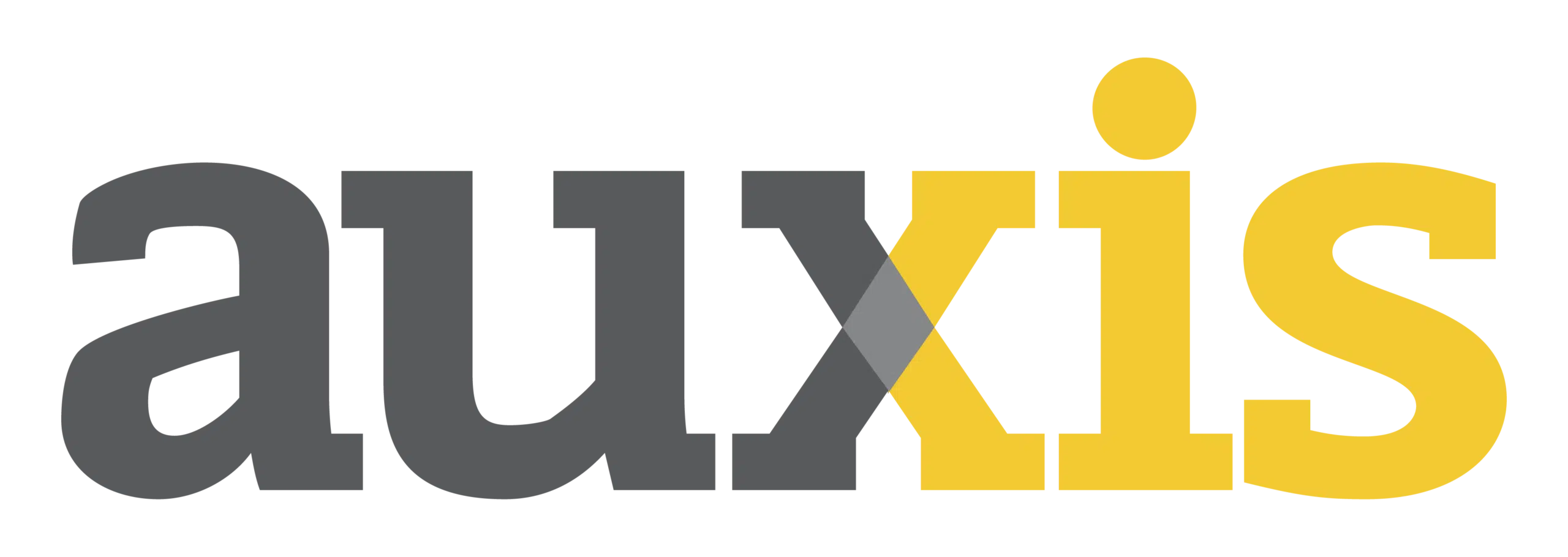In today’s cloudy and mobile world, people expect to be able to access what they want wherever they are on the network and from whatever device they choose. To satisfy this demand, businesses need to become agiler and have the ability to scale resources up or down on-the-fly. Procuring the infrastructure to enable these elastic environments in-house, however, can be extremely expensive and time-intensive, and you often end up with more resources than you need – in other words – IT becomes a drain on your budget. In fact, organizations are often paying around 40 percent of the IT budget for over-capacity, according to a recent article by CIO.
First introduced with the software-as-a-service (SaaS) model, the pay-for-what-you-use, or consumption-based model, provides businesses with many benefits, including predictable, recurring revenue streams; improved, longer-term customer relationships; and overall higher margins. Making the transition to a consumption-based business model is not easy, however. It requires developing a deep understanding how the transition will impact of all of your assets and business processes, determining what type of consumption model works best with your business applications and a clear vision on how you will monetize on those in completely new and changing ways.
Tips to move to a consumption-based model:
1) Define your goals
You should make sure that financial, product and IT strategies are aligned from the beginning. This means mapping out what new products and services you can sell, who your customers are, how you will go to market, and how you will monetize on it all. Then, to make sure you will be able to serve your customers in real-time you should consider the best way to meet those goals across traditional or private, public and hybrid cloud infrastructure based on location.
2) Establish operational and cost controls
Make sure that you have a global view of all of your assets regardless of the infrastructure, and monitor and gather consumption data to optimize resource utilization and streamline business processes. Set up automated alerts so that IT administrators can be notified when resources are being under- or over-utilized that can be accessed through a single dashboard. This way, you can stay on top of ever-changing demands and contain costs. With the cloud platforms, we also recommend creating a financial Desk to help you report, monitor and provide recommendations on adjustments to your workloads. This way, you can maximize utilization, while keeping costs low.
3) Provide cost transparency and different pricing plans
Your customers want to consume pay-as-you-go resources to lower their costs, so you should give them clear access to what exactly they are paying for at a granular level. Offering flexible pricing plans including: fixed, variable, scheduled, tiered or based on resource state can also provide a competitive advantage for your customers who have many choices.
4) Constantly revise the plan
Continuously collect and analyze data on how well the model is working as far as costs, resource utilization, changing demands and customer satisfaction to make sure that IT is aligned with the overall business strategy and revenue goals. In other words, this is not a traditional one-time deployment, but an ever evolving one that should be designed to be flexible and fluid.
As the cloud, mobility, social networking big data and the Internet of Things (IoT) become more and more pervasive, businesses must find new ways leverage this new consumption-based paradigm to become agiler and stay ahead of the competition. The transition is not an easy one and requires breaking down the traditional silos at every level of your organization – from management to operations to product development and IT. For many organizations, it makes the most sense to consult with an IT services company with the right expertise to guide and help you make and manage the transformation you need to meet your customers’ demands.
Contact us if you’d like to learn more about how we can help you transition to a flexible consumption-based model
